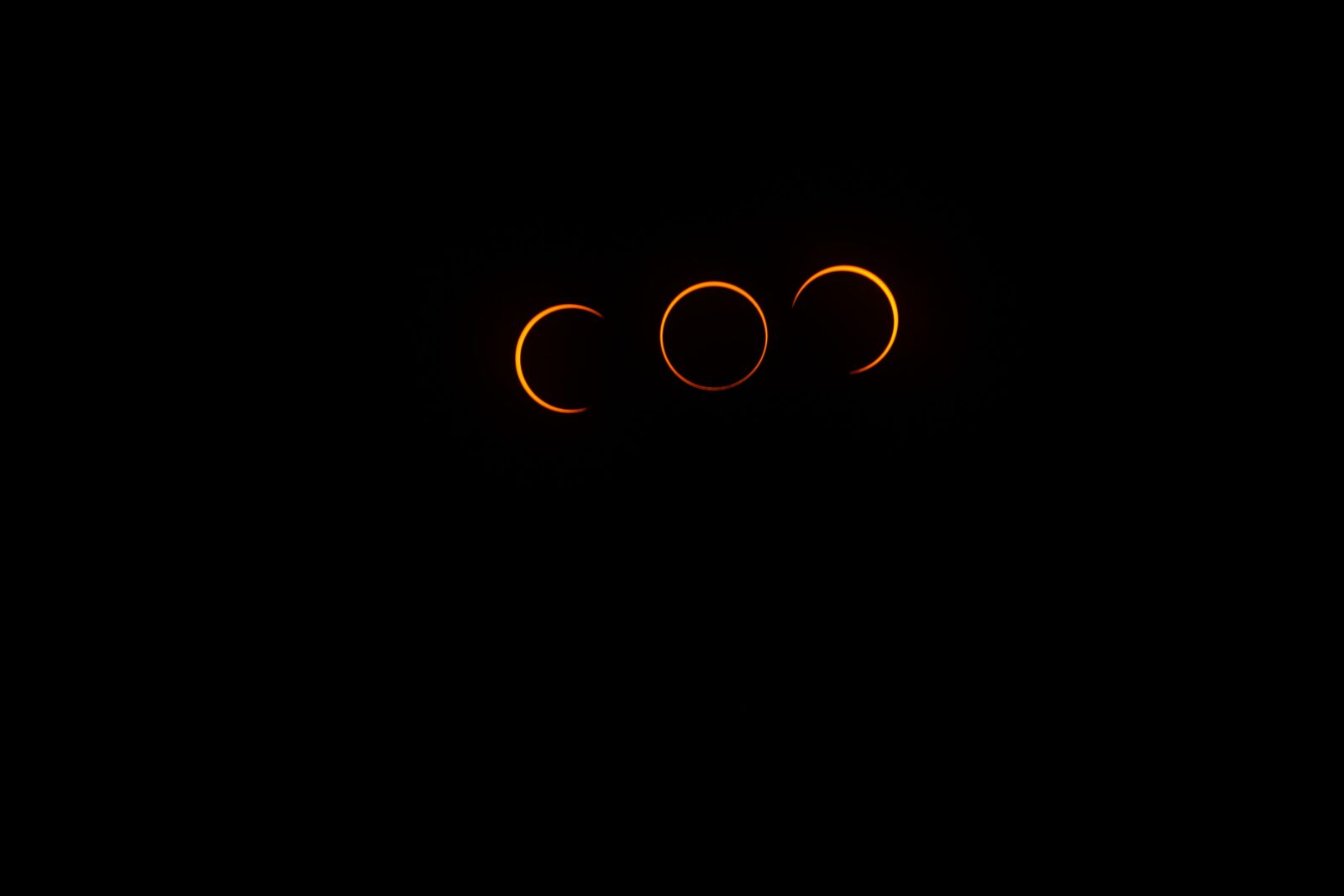What is a moon eclipse that is “nearly total”?
When the Sun, Earth, and Moon align, the Moon slips into Earth’s shadow, creating a lunar eclipse. During a complete moon eclipse, the entire Moon is engulfed by the umbra, the darkest component of Earth’s shadow. Up to 99.1percent of the total of the Moon’s disk will be underneath Earth’s umbra during this eclipse.
How will I be able to see the eclipse?
The ideal time to observe the eclipse will be about 9:03 UTC/4:03 AM EDT/1:03 AM PDT on November 19th. All of North America, as well as significant sections of South America, as well as Polynesia, east Australia, and northeastern Asia, may see this phase of the eclipse. During the eclipse to moon turns red. During a moon eclipse, the Moon turns red due to the same process that causes our skies to be blue and our sunsets to be red. Rayleigh scattering is the name for this phenomenon. Light flows in waves, and the physical characteristics of different hues of light vary. Because blue light has a smaller wavelength than red light, it is dispersed more easily by particles in the Earth’s atmosphere. Red light, however, goes throughout the atmosphere more effectively. We see blue light throughout the sky when the Sun is above. When the Sun sets, however, the light must journey further and pass throughout more atmosphere before entering our sight.
The Moon passes across the western portion of the constellation Taurus throughout the eclipse. The Pleiades system is to the higher right, while the Hyades cluster lies to the lower left, with the brilliant star Aldebaran, the bull’s eye.













Leave a Reply